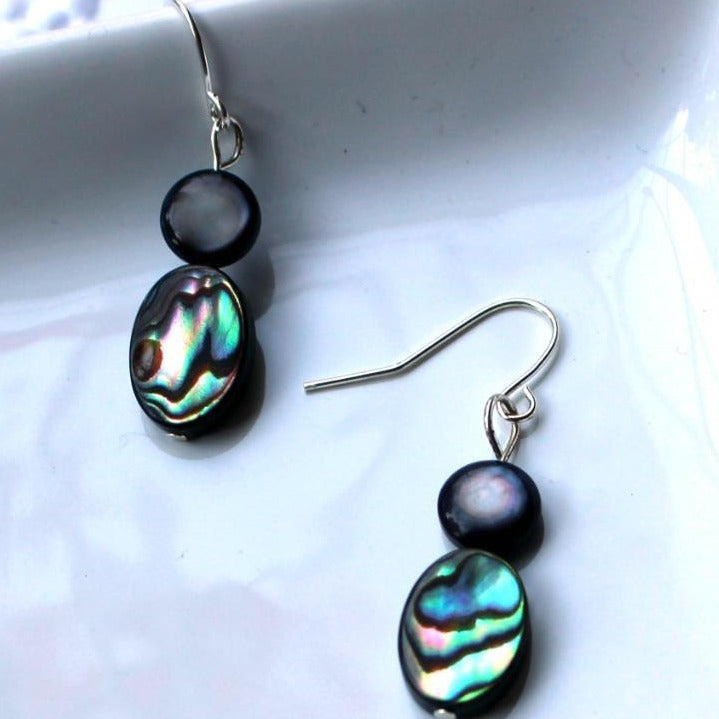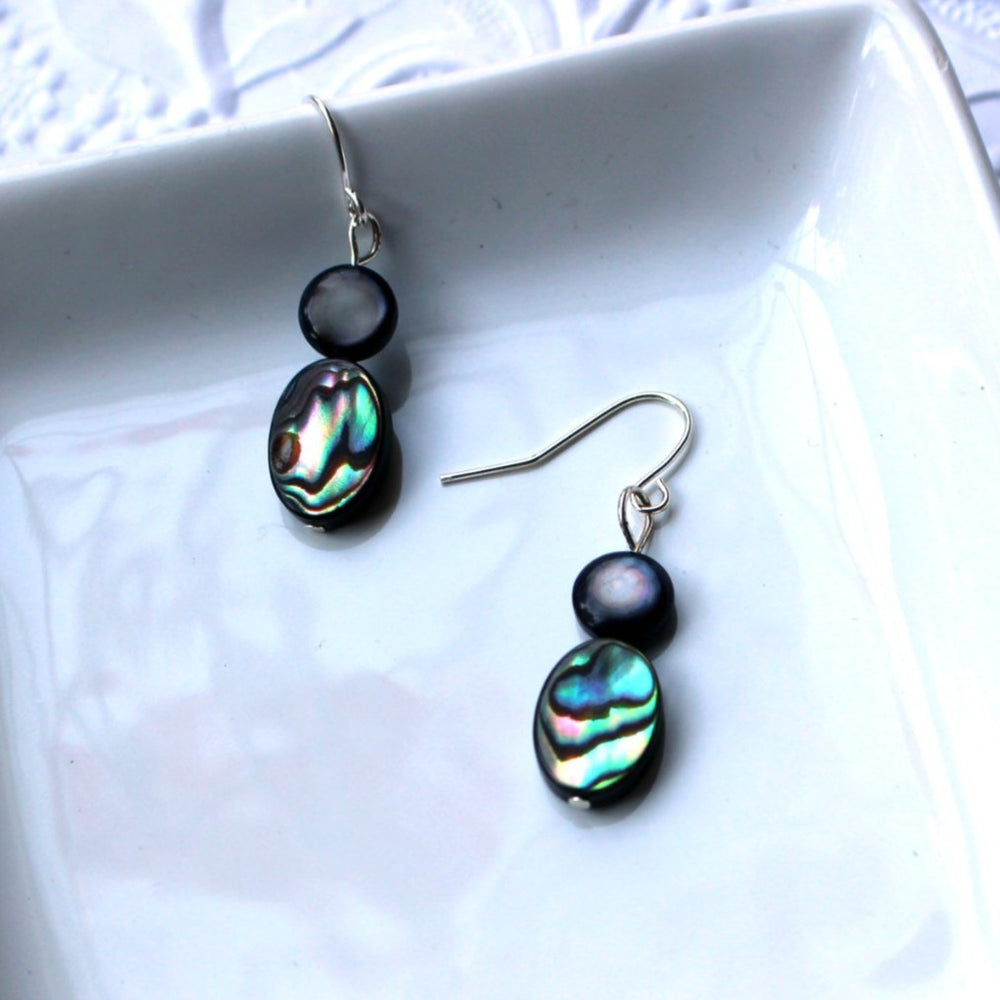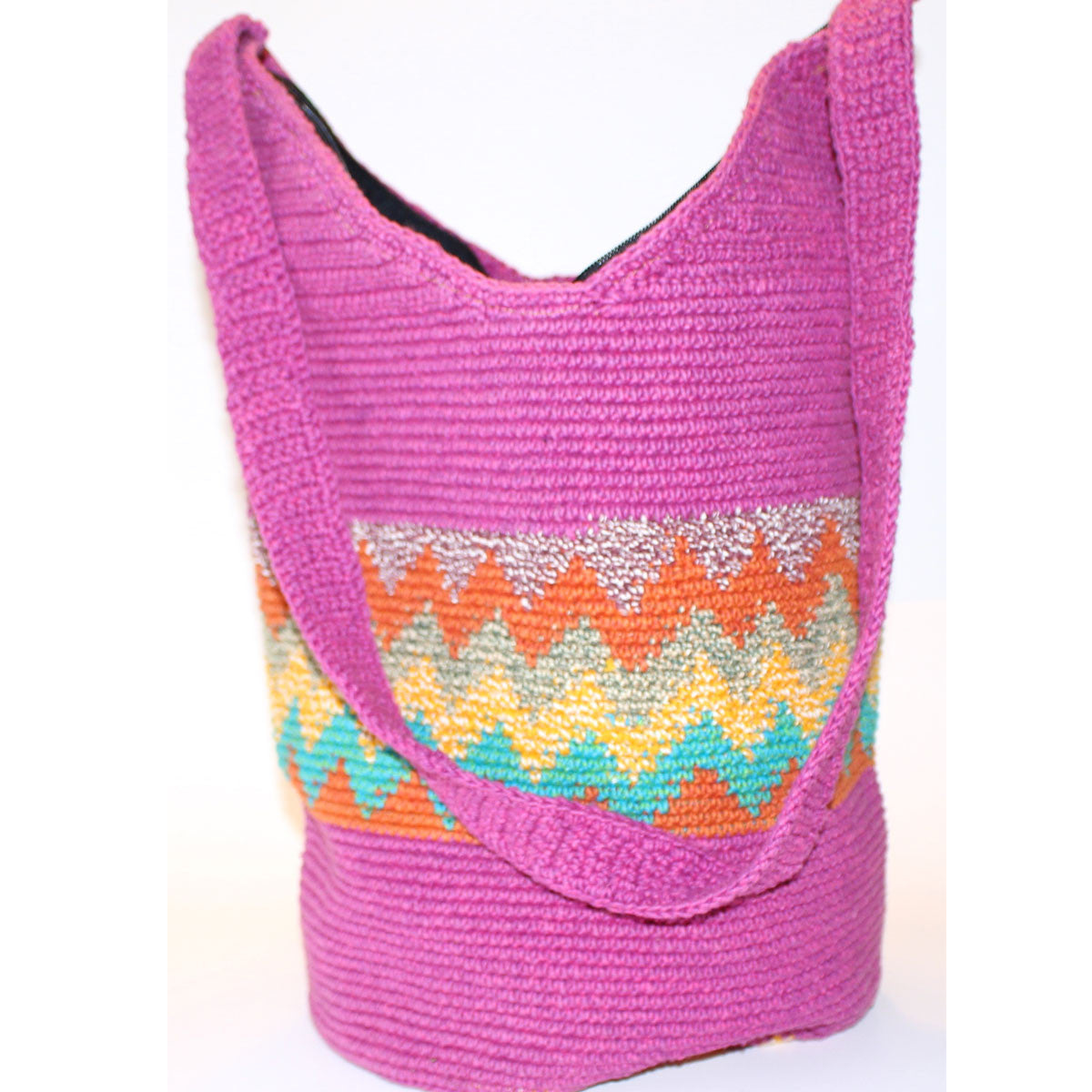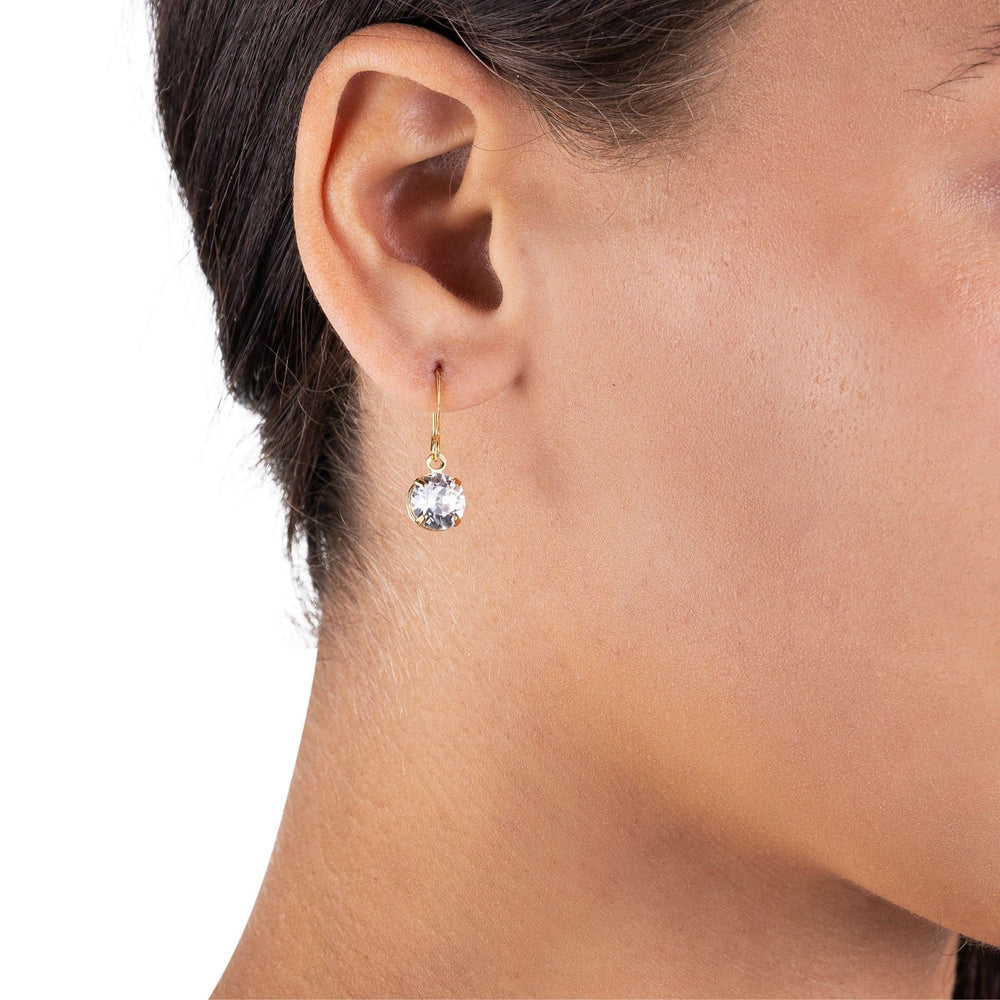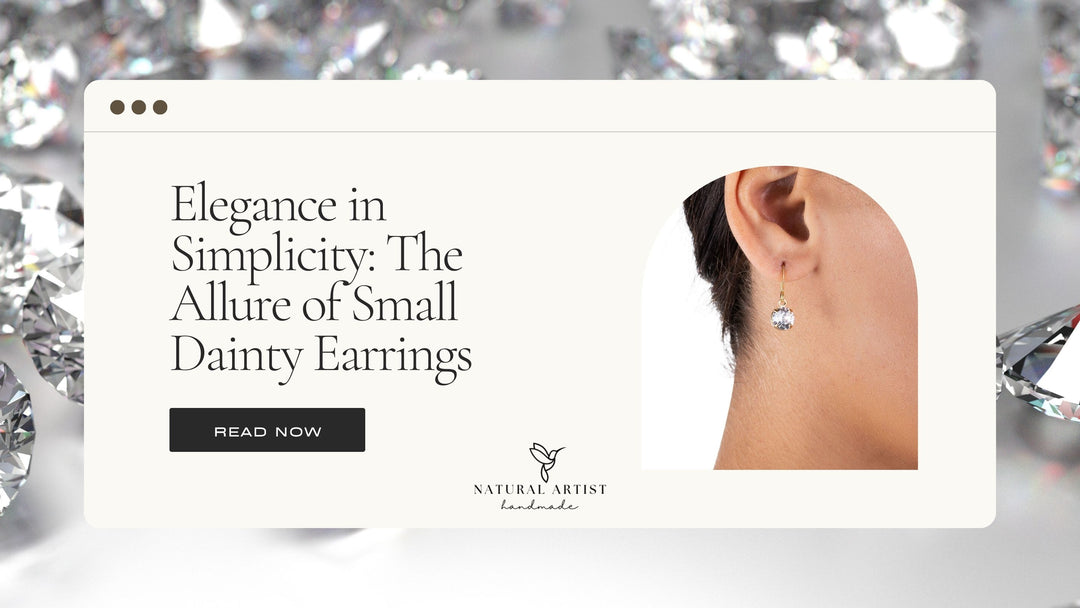What makes jewelry made from natural materials so special?
Throughout history, jewelry has held a significant place in human culture. Beyond its aesthetic appeal, jewelry often carries symbolic, cultural, and personal significance. In recent years, there has been a growing appreciation for jewelry crafted from natural materials. These pieces stand out not only for their exquisite beauty but also for their unique connection to the earth. This article delves into what makes jewelry made from natural materials so special, exploring the inherent qualities and the cultural resonance that make these pieces truly exceptional.
The Allure of Nature's Palette
Jewelry fashioned from natural materials captivates with its rich and varied palette. Gems, minerals, and organic materials offer a dazzling array of colors, patterns, and textures. For instance, the iridescence of pearls, the kaleidoscope of colors in opals, and the intricate grains of wood all evoke the beauty found in nature. These materials are often untouched by human intervention, allowing them to preserve their raw, organic essence.

Cultural and Symbolic Significance
Throughout history, natural materials have been infused with cultural and symbolic meanings. Ancient civilizations attributed spiritual and healing properties to various gemstones and minerals. For instance, turquoise was revered by the Native Americans as a symbol of protection and wisdom[^1^]. Jade held immense importance in Chinese culture, representing purity and virtue[^2^]. By wearing jewelry crafted from these materials, individuals can connect with the wisdom and beliefs of cultures that span millennia.
Eco-Friendly Appeal
In an era where sustainability is paramount, jewelry made from natural materials gains significant appeal. Ethical sourcing of gemstones, minerals, and organic materials has become a priority for many artisans and consumers. The use of natural materials often aligns with environmentally friendly practices, as they require less energy-intensive processing compared to synthetic counterparts. This makes natural-material jewelry an attractive option for environmentally-conscious consumers seeking to make ethical fashion choices.
Craftsmanship and Artistry
Creating jewelry from natural materials requires a high level of skill and artistry. Artisans must work in harmony with the innate qualities of each material, coaxing out their inherent beauty. Gemstones must be cut and polished to perfection, enhancing their natural brilliance. Wood must be meticulously carved and shaped to showcase its unique patterns. This level of craftsmanship highlights the symbiotic relationship between human creativity and nature's bounty.
Embracing Imperfections
Unlike mass-produced synthetic jewelry, natural materials often carry subtle imperfections that enhance their allure. Inclusions, patterns, and textures tell the story of each material's journey through time. These imperfections are celebrated as marks of authenticity, setting natural-material jewelry apart from its uniform counterparts. Embracing these imperfections fosters a deeper appreciation for the uniqueness of each piece.
Personal Connection to Nature
Jewelry made from natural materials bridges the gap between the modern world and the natural world. Adorning oneself with elements sourced directly from the Earth can evoke a profound sense of connection to nature. This connection can serve as a reminder of the earth's beauty and the need to protect and preserve it for future generations.
Conclusion
Jewelry crafted from natural materials is more than adornment; it is a testament to nature's artistry and the skill of human craftsmanship. The allure lies not only in the aesthetic appeal of these materials but also in their cultural significance, environmental consciousness, and the personal connection they offer. In a world where mass production is rampant, these pieces stand as unique and timeless expressions of beauty and authenticity.References:
[^1^]: "Turquoise Meaning and Properties." International Gem Society.
[^2^]: "The History and Cultural Significance of Jade." The Spruce Crafts.
